-
Troppo Plant & Garden Articles
- Te Puke Region
- TROPPO’s Food Forest in Te Puke, BOP (www,foodforest.org.nz)
- Troppo’s Plant Collection
- TROPPO's Nursery Directory
- Food Forests of New Zealand (www.foodforests.nz)
- Nursery Map - Plant Suppliers of NZ Directory (www.nurserymap.nz)
- Kids Garden Corner
- New Zealand Garden Bird Survey
- New Zealand Garden Groups
- Delicious Recipes
Holly Havoc: The Invasive Charm of Ilex aquifolium & Ilex cornuta in New Zealand
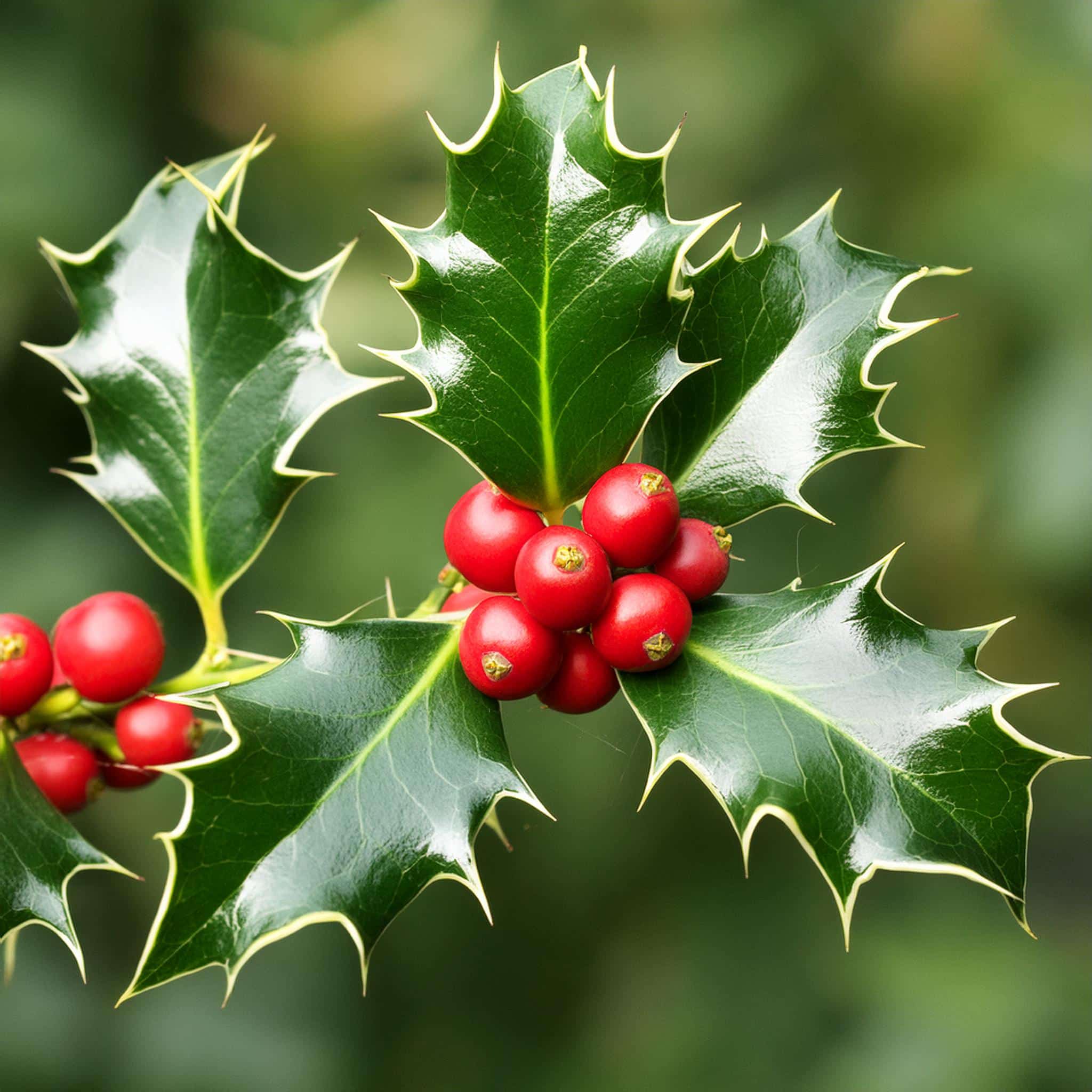
Greetings, fellow garden enthusiasts and nature warriors! 🌿 Today, we’re uncovering the prickly truth about Holly – specifically, Ilex aquifolium (English Holly) and Ilex cornuta (Chinese Holly). These festive-looking plants may conjure up images of holiday cheer with their spiky leaves and bright red berries, but don’t be fooled! In New Zealand, they are more of a garden grinch than a gift. Let’s dive into why these invasive invaders need to be shown the door.
Meet the Invasive Holly Duo
Holly is celebrated worldwide for its decorative appeal, especially during the festive season. However, in the lush landscapes of New Zealand, English Holly and Chinese Holly are causing quite a ruckus. Here’s a closer look at these two varieties:
Ilex aquifolium, or English Holly, is known for its glossy, dark green leaves with sharp, spiny edges and clusters of bright red berries. While it might look like it’s straight out of a holiday card, this plant is anything but merry for local ecosystems.
Ilex cornuta, commonly known as Chinese Holly, features similar spiky leaves but with a slightly different twist. Its leaves are often more rectangular and bear prominent spines, while its berries range from red to orange. Both types of Holly thrive in various conditions, making them formidable invaders.
Why Holly is a Threat to New Zealand’s Ecosystem
Despite their festive appearance, English Holly and Chinese Holly are far from being good garden guests. Here’s why they’re considered invasive threats:
- Aggressive Growth: Holly bushes grow quickly and can form dense thickets, outcompeting native plants for sunlight, water, and nutrients. This aggressive growth disrupts local biodiversity.
- Seed Dispersal: Birds love Holly berries and help disperse their seeds far and wide. This means Holly can spread rapidly across large areas, establishing itself in forests, grasslands, and urban spaces.
- Shady Characters: The dense foliage of Holly casts heavy shade, which can inhibit the growth of native understory plants. This reduces habitat quality for native flora and fauna.
- Hardy and Resilient: Holly is highly adaptable and can thrive in a range of environments, from open fields to deep forests. Its resilience makes it difficult to control once established.
 How to Identify Holly Invaders
How to Identify Holly Invaders
Spotting English Holly and Chinese Holly is the first step in tackling their spread. Here’s what to look for:
- English Holly (Ilex aquifolium): Look for glossy, dark green leaves with sharp, pointed edges. The red berries grow in clusters and are a common sight during winter.
- Chinese Holly (Ilex cornuta): This variety has rectangular leaves with prominent spines. The berries can be red or orange and are often seen in the autumn and winter months.
How to Remove Holly from Your Garden or Wild Spaces
Removing Holly requires persistence and a good strategy. Here’s how you can effectively manage these prickly invaders:
- Manual Removal: For smaller plants, hand-pulling or digging out the roots can be effective. Be sure to remove as much of the root system as possible to prevent regrowth.
- Cut and Treat: For larger shrubs, cutting the plant close to the ground and applying an appropriate herbicide to the cut stumps can help stop regrowth. Always follow safety guidelines when using herbicides.
- Regular Monitoring: Keep an eye on the area for any signs of new growth. Regular monitoring and follow-up treatments are essential to ensure complete eradication.
- Prevent Seed Spread: Remove berries and dispose of them properly to prevent birds from spreading Holly seeds to new locations.
Why Your Efforts Matter
Removing Holly is about more than just keeping your garden tidy. It’s a vital step in protecting New Zealand’s unique ecosystems. By tackling these invasive plants, you’re helping to preserve native biodiversity and ensuring that our beautiful landscapes remain healthy and diverse.
Join the Fight Against Holly
Ready to take action against these prickly invaders? Whether you’re clearing Holly from your backyard or participating in community conservation efforts, every bit helps. Together, we can make a difference and keep New Zealand’s natural beauty thriving.
Let’s get out there and prune back these festive fiends! Happy gardening, and let’s keep our green spaces beautiful and Holly-free! 🌿🎄

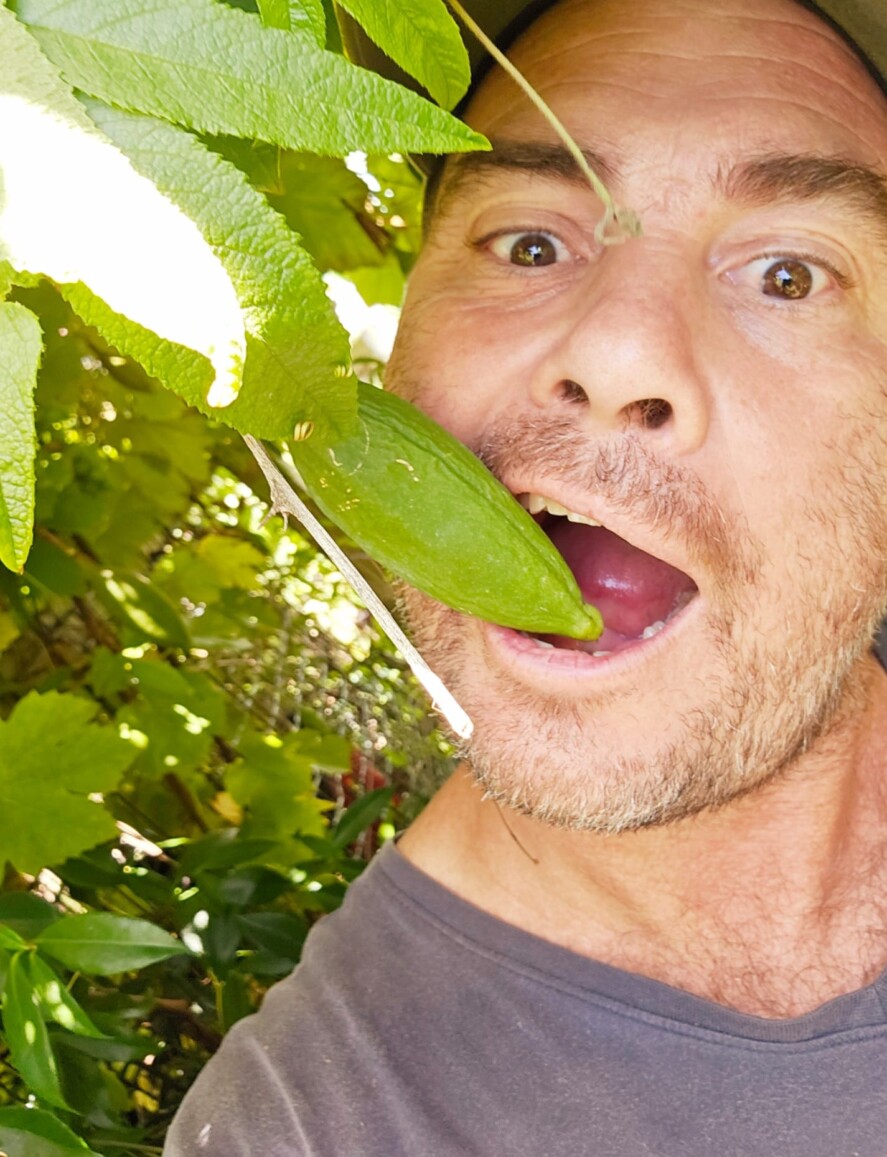


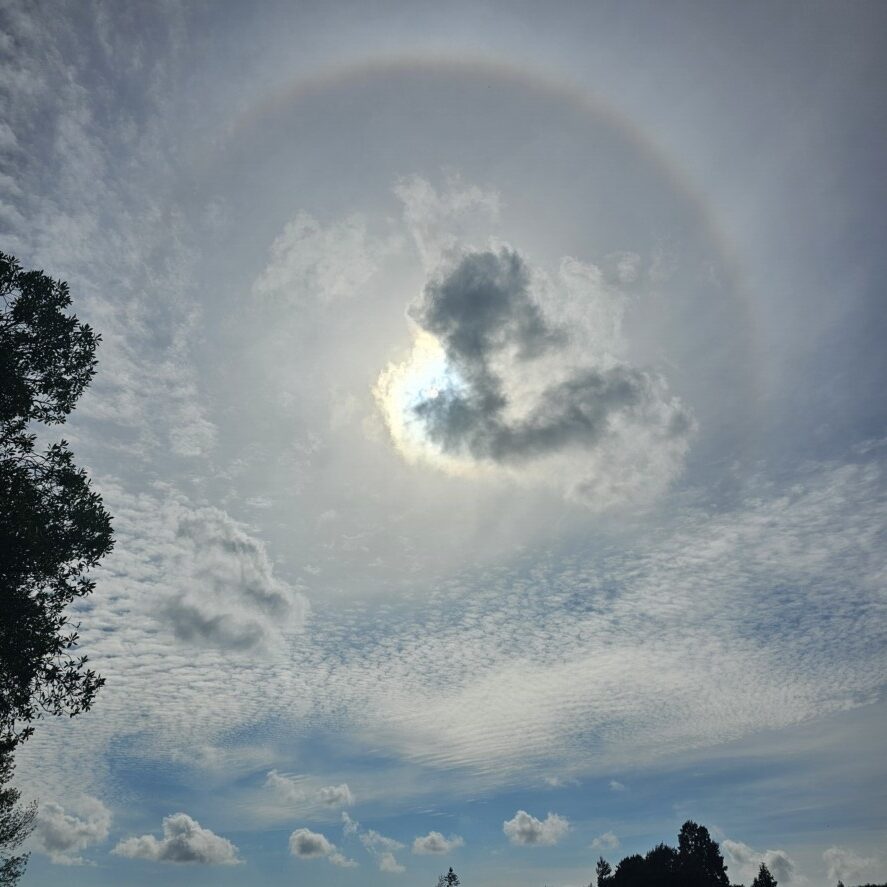



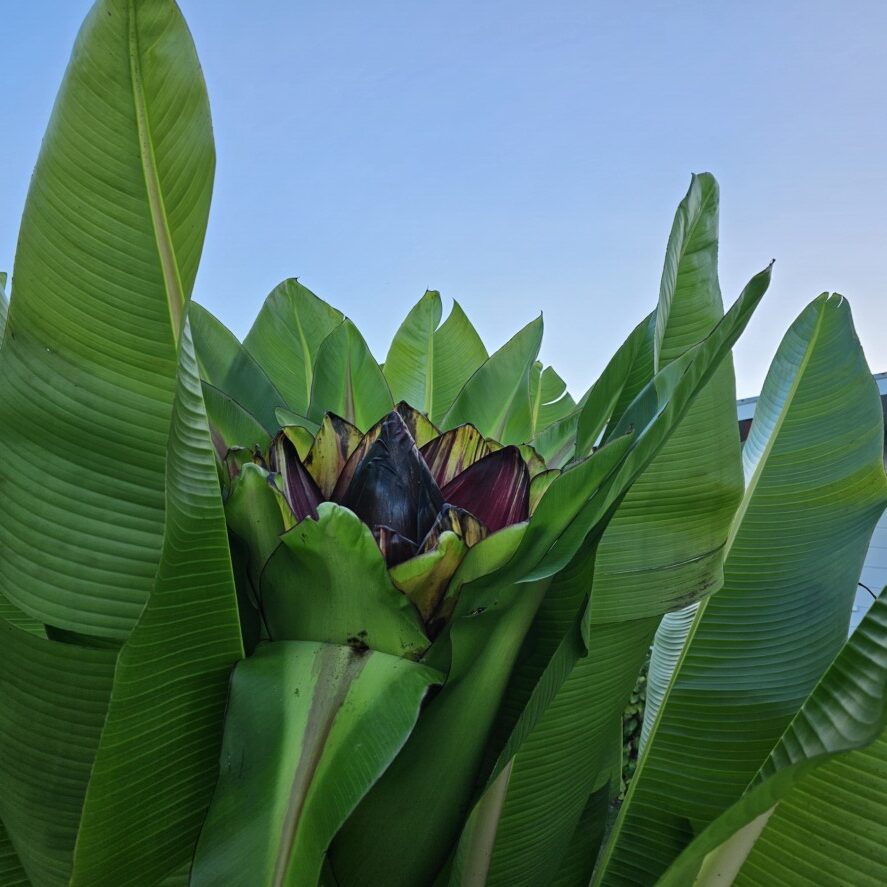
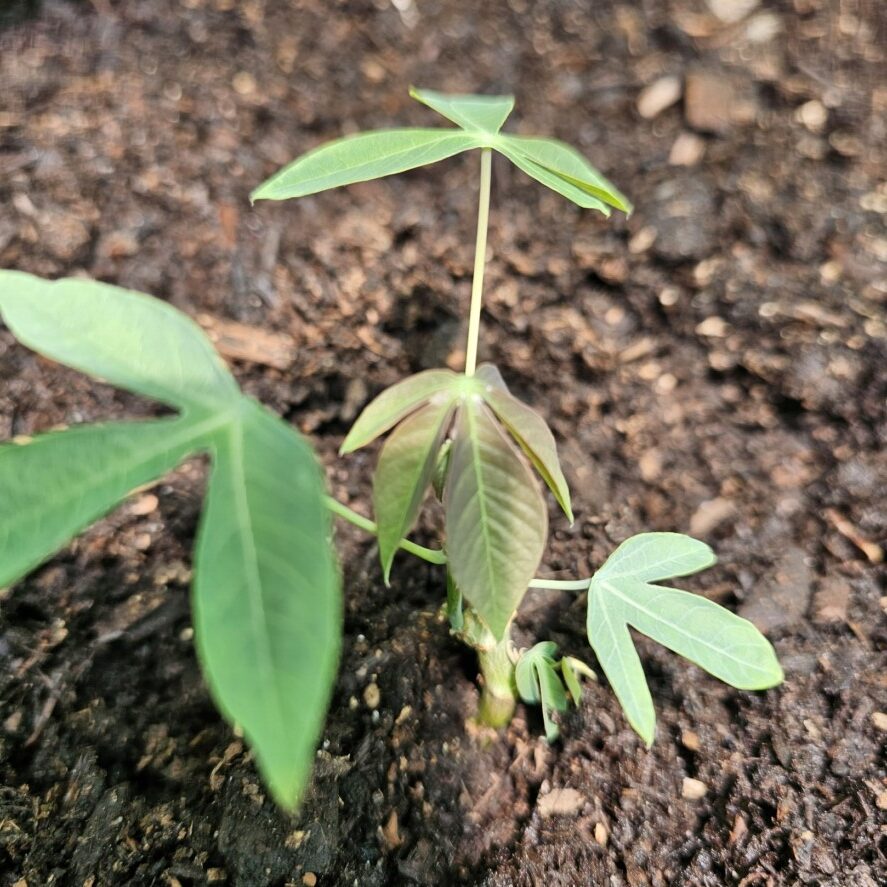
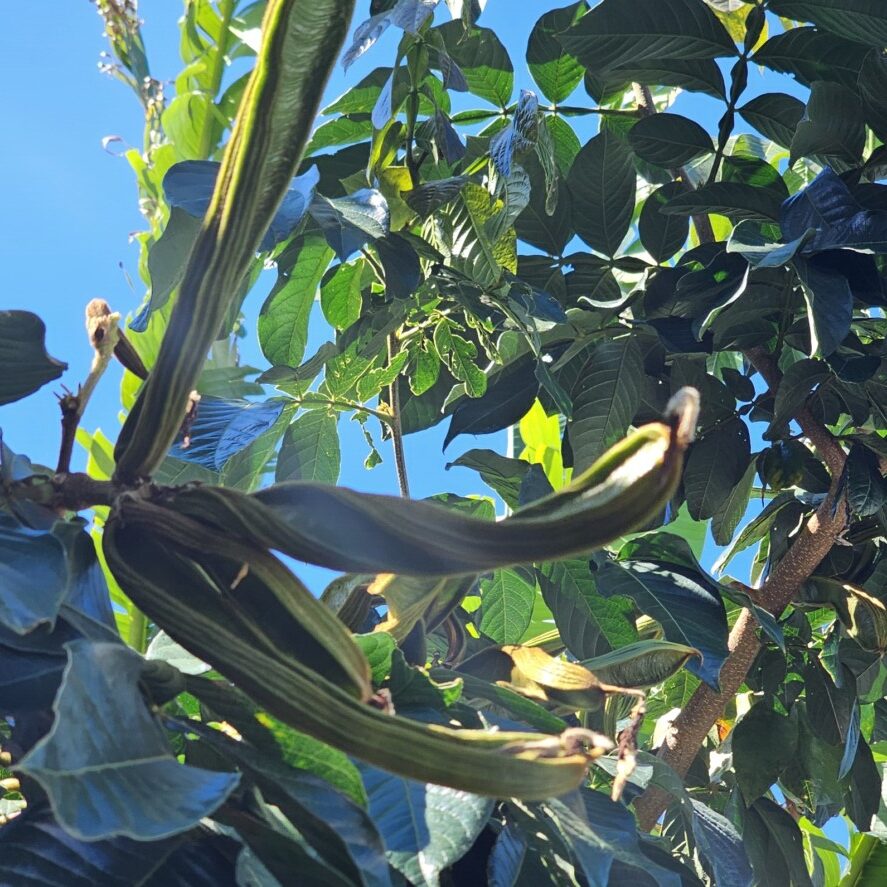

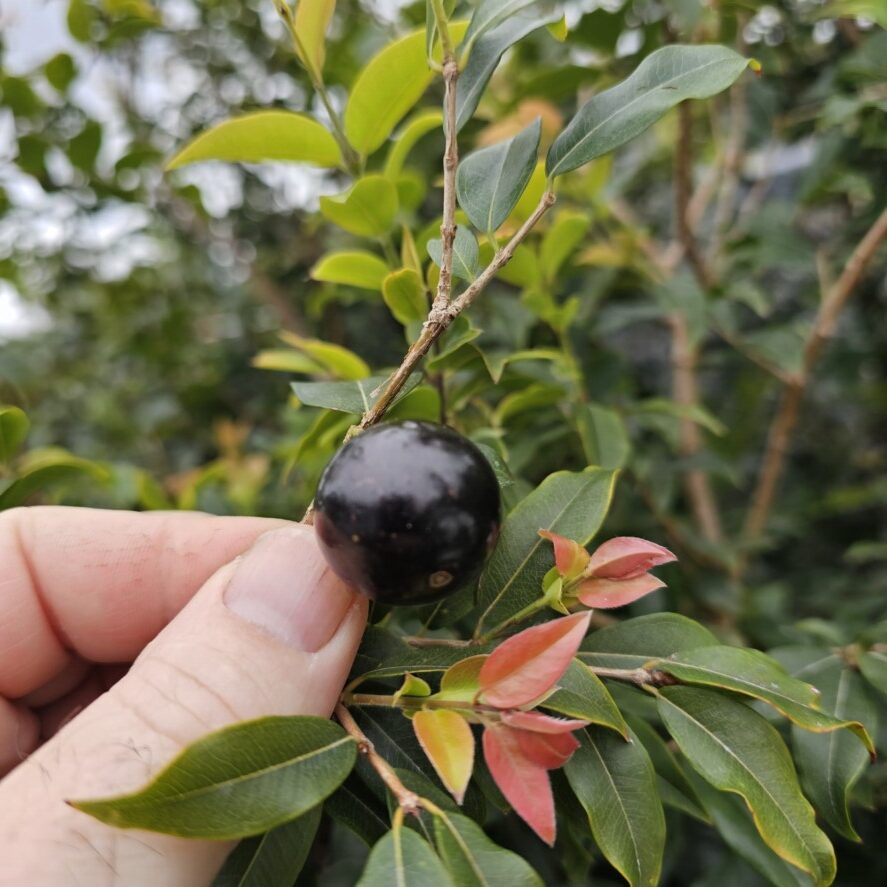


Very informative! The detailed descriptions of Ilex aquifolium and Ilex cornuta make it easier to identify and remove them. Thanks for the guidance.
Great breakdown of the issues caused by Holly plants. The advice on how to manage and remove them is clear and well-organized.
It’s good to know the impact of these invasive species on New Zealand’s biodiversity. The removal methods seem practical and actionable.
Interesting read! I had no idea that these festive plants could be such a threat to local ecosystems. The tips on removal are quite useful.
The article provides a thorough explanation of why English and Chinese Holly are problematic in New Zealand. It’s helpful for anyone looking to manage these plants in their own garden.